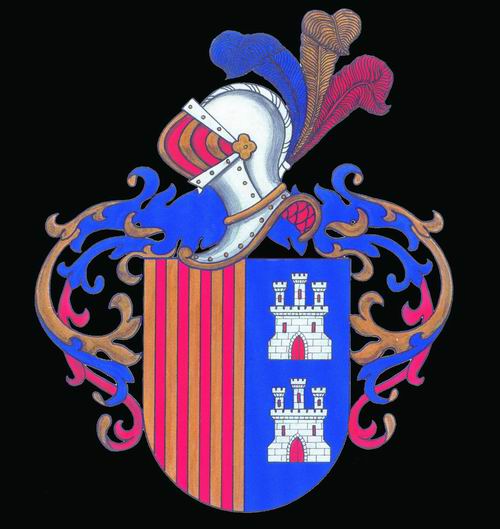María De Zayas on:
[Wikipedia]
[Google]
[Amazon]
 María de Zayas y Sotomayor (before 12 September 1590 – unknown) wrote during Spain's Golden Age of literature. She is considered by a number of modern critics as one of the pioneers of modern literary feminism, while others consider her simply a well-accomplished baroque author. The female characters in de Zayas's stories were used as vehicles to enlighten readers about the plight of women in Spanish society, or to instruct them in proper ways to live their lives.
María de Zayas y Sotomayor (before 12 September 1590 – unknown) wrote during Spain's Golden Age of literature. She is considered by a number of modern critics as one of the pioneers of modern literary feminism, while others consider her simply a well-accomplished baroque author. The female characters in de Zayas's stories were used as vehicles to enlighten readers about the plight of women in Spanish society, or to instruct them in proper ways to live their lives.
 María de Zayas y Sotomayor (before 12 September 1590 – unknown) wrote during Spain's Golden Age of literature. She is considered by a number of modern critics as one of the pioneers of modern literary feminism, while others consider her simply a well-accomplished baroque author. The female characters in de Zayas's stories were used as vehicles to enlighten readers about the plight of women in Spanish society, or to instruct them in proper ways to live their lives.
María de Zayas y Sotomayor (before 12 September 1590 – unknown) wrote during Spain's Golden Age of literature. She is considered by a number of modern critics as one of the pioneers of modern literary feminism, while others consider her simply a well-accomplished baroque author. The female characters in de Zayas's stories were used as vehicles to enlighten readers about the plight of women in Spanish society, or to instruct them in proper ways to live their lives.
Biography
Born inMadrid
Madrid ( , ) is the capital and most populous city of Spain. The city has almost 3.4 million inhabitants and a metropolitan area population of approximately 6.7 million. It is the second-largest city in the European Union (EU), an ...
, de Zayas was the daughter of infantry captain Fernando de Zayas y Sotomayor and María Catalina de Barrasa. Her baptism
Baptism (from grc-x-koine, βάπτισμα, váptisma) is a form of ritual purification—a characteristic of many religions throughout time and geography. In Christianity, it is a Christian sacrament of initiation and adoption, almost inv ...
was known to have taken place in the church of San Sebastian on 12 September 1590, and given the fact that most of Spain's well-to-do families baptized their infants days after birth, it may be deduced that de Zayas was born days before this date. So very little is known about her life that it is not even certain whether she was single or married during the time she wrote. What is known is that she was fortunate to belong to the aristocracy of Madrid, because despite earning the low salary typical of writers at the time, she lived well. In 1637, de Zayas published her first collection of ''novellas'', ''Novelas Amorosas y Ejemplares'' (The Enchantments of Love) in Zaragoza
Zaragoza, also known in English as Saragossa,''Encyclopædia Britannica'"Zaragoza (conventional Saragossa)" is the capital city of the Zaragoza Province and of the autonomous community of Aragon, Spain. It lies by the Ebro river and its tribut ...
, and 10 years later, her second collection, ''Desengaños Amorosos'' (The Disenchantments of Love), was published. De Zayas also composed a play, ''La traicion en la Amistad,'' (Friendship Betrayed) as well as several poems. The author enjoyed the respect and admiration of some of the best male writers of her day. Among her many admirers were Lope de Vega
Félix Lope de Vega y Carpio ( , ; 25 November 156227 August 1635) was a Spanish playwright, poet, and novelist. He was one of the key figures in the Spanish Golden Age of Baroque literature. His reputation in the world of Spanish literatu ...
, who dedicated some of his poetry to her, and